As of late, the global economy is facing the increasing fear of re-entering a recession. The current United States President, Donald Trump, has been making questionable moves left and right, and one of the many that strikes fear is the decision to enact tariffs. When the president announced these tariffs in what he deems “Liberation Day,” the stock market almost instantly plummeted, leading to alarming indicators that would signify a recession ahead. With this much economic and social instability, escapism is needed, and in that respect, recession-pop opens the escape hatch.
Despite the foreboding current economic resemblance to 2008, culturally, it’s also beginning to feel like it. The general public’s recent use of “recession indicators,” in which identifying aspects in the cultural landscape that offer insights to an economic shift, has become a mass meme across social media. Examples including, Coachella 2025 goers on payment plans to attend the festival and avoid debts, or Lady Gaga’s newest release, “Mayhem,” that recalls the sounds she pioneered in her debut album “The Fame,” coincidentally released during the 2008 recession and the return of previous fashion trends like the business-casual look seen back on recent runways as examined by Vogue Business, which was popularized for its duality as ‘the’ look to wear to work or on a night out to to the club. Intriguingly, among such returning culture-defining trends during an economic decline that could also be seen as a “recession indicator” is the reemergence of recession-pop.
Recession-pop is a sub-genre of dance music that directly describes the music popularized during 2008, characterized by high BPMs and lyrics that encourage audiences to dance their troubles away in times of economic uncertainty. While we may not be in a recession yet, it’s not entirely far-fetched for recession-pop to be a characteristic of an economic downturn.
To set the scene, it’s currently 2008, and the global economy is in shambles due to the stock market crash, and societies across the globe experience the resulting effects. In contrast, the cultural landscape is thriving despite the economic downturn. The top 10 on the Billboard charts during the late 2000s and early 2010s included “Just Dance” by Lady Gaga, “Tik Tok” by Kesha, when she carried the dollar sign in her name, “Dynamite” by Taio Cruz and “I Gotta Feeling” by The Black Eyed Peas, just to name a few. What all of these songs have in common is their escapist nature, defying the state of reality’s hardships that plagued the generation by liberating oneself on a dancefloor to escape the troubles for a night out and embrace life.
Fast forward to 2025, and we’re forced to again address the question of re-entering a recession as a previous generation did in 2008, reaching for the very same escapist music to dance our troubles away.
However, it isn’t new that we turn to art in economic uncertainty. Much of the most influential art throughout our history has been produced during times of adversity. The Dadaist movement of the 1920’s for example, is seen as a direct result of the carnage of World War 1. The movement was a reaction to the terrors of the war, using art as a platform to challenge societal norms and reject the traditional values of art to critique social and political commentary. Its influence was so grand, it managed to reach music that favored unconventional emphasis on sound. Additionally, some of the most iconic music to emerge from American musicians was released during the Vietnam War. The music during this time period specifically expressed sentiment towards the soldiers and a reflection of the war’s impact on the domestic climate. While both far from the escapist nature recession pop is known for, it’s evident then that when society shares trauma, music is one of the few outlets where tangible results can be referenced.
Fast forward 16 years later, before the announcement of the tariffs being enacted into place, current generations have been plagued economically and socially with its trials from inflation, poor job market prospects, stagnant wages, social incertitude and declining mental health, all the while longing for a sense of stability in an unstable climate.
In an article by New Yorker staff writer Kyle Chayka, he claims the usage of recession indicator memes as a response to Trump’s tariff policies is a sign of the current shared physiological state.
“Most of these indicators are meant as jokes, but like many internet memes, they hint towards a collective psychological state that’s affirmed with each Like and Share,” Chayka said.
Another thing worth noting was the global pandemic of 2020 that forced societies to isolate themselves from the outside world, restricting how we socialize and interact. It’s an aspect we continue to recover from as conceptions of what it means to “go out” changed, especially among the youth, as a result of the pandemic. It could also explain the resurgence of recession pop as we can sometimes find ourselves living vicariously through music that elicits the idea of partying and pure resilience that all fall within’ nostalgia.
Further, Chayka questions, “Could a recession evoke feelings of nostalgia, recalling memories of the previous financial crisis, when the economy and labor force endured major damage but at least the international democratic coalition didn’t seem so shaky?”
With this, it’s difficult not to reflect on the media society is consuming, which would be indicative of the cognitive state. It all contributes to the outward manifestation of escapism in the return of recession-pop as the current generation pines for it, giving our all just to disconnect.
Looking at last year’s spew of releases from every popular artist, every release presented the commonality that we all wished for. This was the escapism aspect appearing in the music among the trying conditions universally encountered. One artist that was highly characteristic of this is Charli XCX, who saw a surge in popularity that thrust her back into the public lens again with “BRAT,” single-handedly dominated and defined the cultural and social landscape of 2024 and continues to, as did the music itself, draw influence from electronic dance music and rave, as well as the music from the late-2000s’ which is deeply rooted in nostalgia.
On XCX’s Club Classics, she perfectly encapsulated the sole purpose of what recession pop stands for. When she sings “When I go to the club, I wanna hear those club classics” on a Jersey-club beat with whirling synths, it’s hard not to imagine yourself in a similar club, surrounded by people who’ve been completely taken over by the music as they jump and down, flashed by lights and beams. It is an experience generations long for, especially in these trying times, when they yearn to escape.
Among others that have been at the forefront of this movement and industry peers of XCX, is The Dare, who recently emerged from the underground scene, most associated with the reappearance of the indie-sleaze trend last seen during ‘08. One listen to his latest release, “What’s Wrong With New York?” characterized by the abrasive electro-clash sound, pretentious lyrics and vivid imagery of partying, and you’ll instantly find yourself in an edgy, trashy, dark club. Further, Pinkpantheress has also been taking notes from this current wave on her latest mixtape, “Fancy That,” which has production credits from The Dare as well, influenced by the Europop and UK house movement of the late 2000s. Much of her music, especially “Fancy That,” feels familiar to the recession-pop category and it’s evident now more than ever.
In an article by The Cut morning blogger, Julia Reinstein cites rising newcomer Addison Rae and her new single “Headphones On” as a recession indicator, and it’s not especially hard to see why.
Rae sings, “Guess I gotta accept the pain, need a cigarette to make me feel better, every good thing comes my way, so I– put my headphones on.” If that doesn’t capture the escapist attitude, I don’t know what does.
Rae’s rebrand from TikTok star to bonafide pop-star is also very in line with the 2012 Tumblr-girl and Y2K aesthetics from Lana Del Rey to Britney Spears, both seemingly coexisting within Rae’s music as her greatest influences. They’re imagery is especially seen in Rae’s music videos, using nostalgia to her advantage, to which Reinstein also cites as a recession indicator. The title of the article is even named “Escape to 2008 With Addison Rae,” coated with nostalgic and escapist iconography throughout her piece.
As Reinstein writes, “If it weren’t already clear we’re headed for a recession, Rae’s insistence on releasing Tumblr-ready music videos is as sure a sign as any.”
This rising demand for such particular music is becoming more of a speculation as fans see the increase with each release from every major and underground artist alike, taking on similar themes of optimism that dwells in the roots of recession-pop.
Yet that’s the point of pop music in general, is to have a good time despite the adversities, which is solely the reason for pop music being used as an anchor to catch a vibe, substantially in the hardest of times. With so much uncertainty, it’s imperative that music like this is needed.






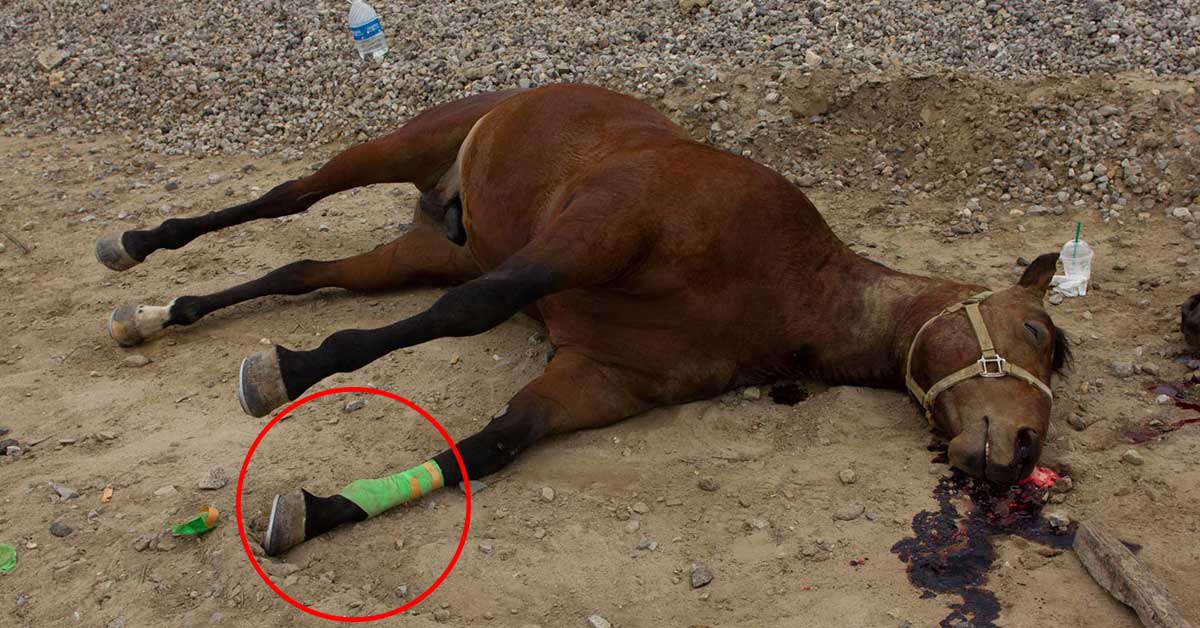
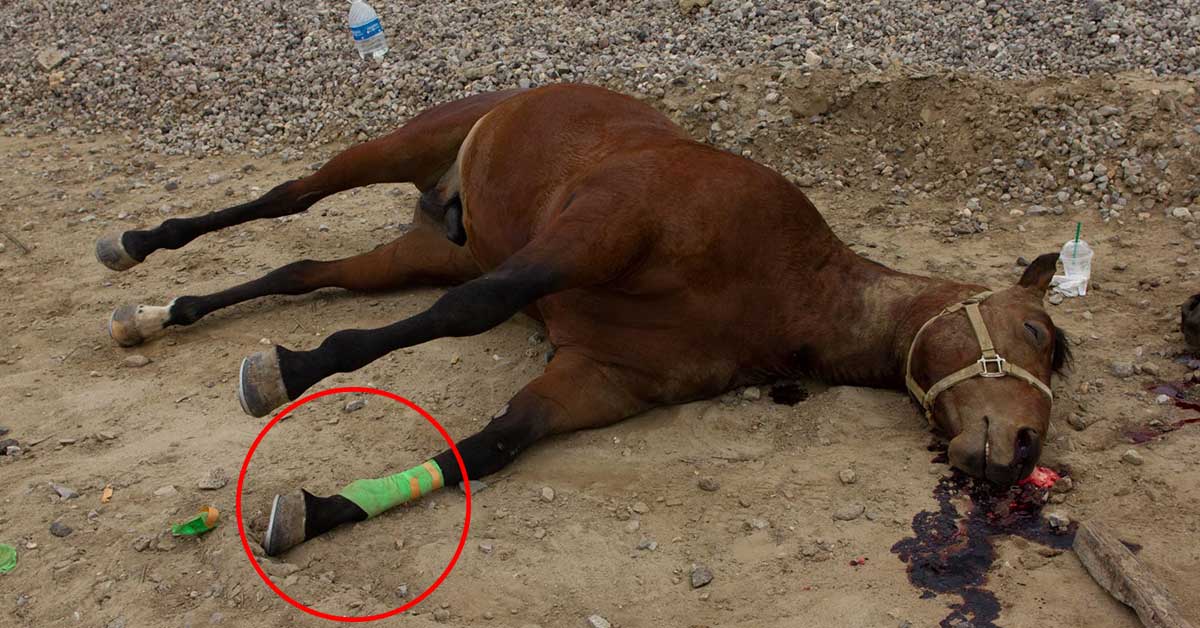

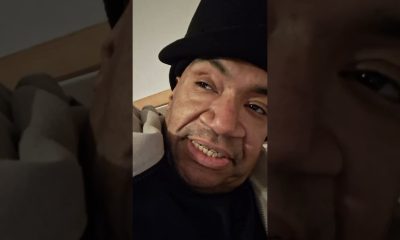


























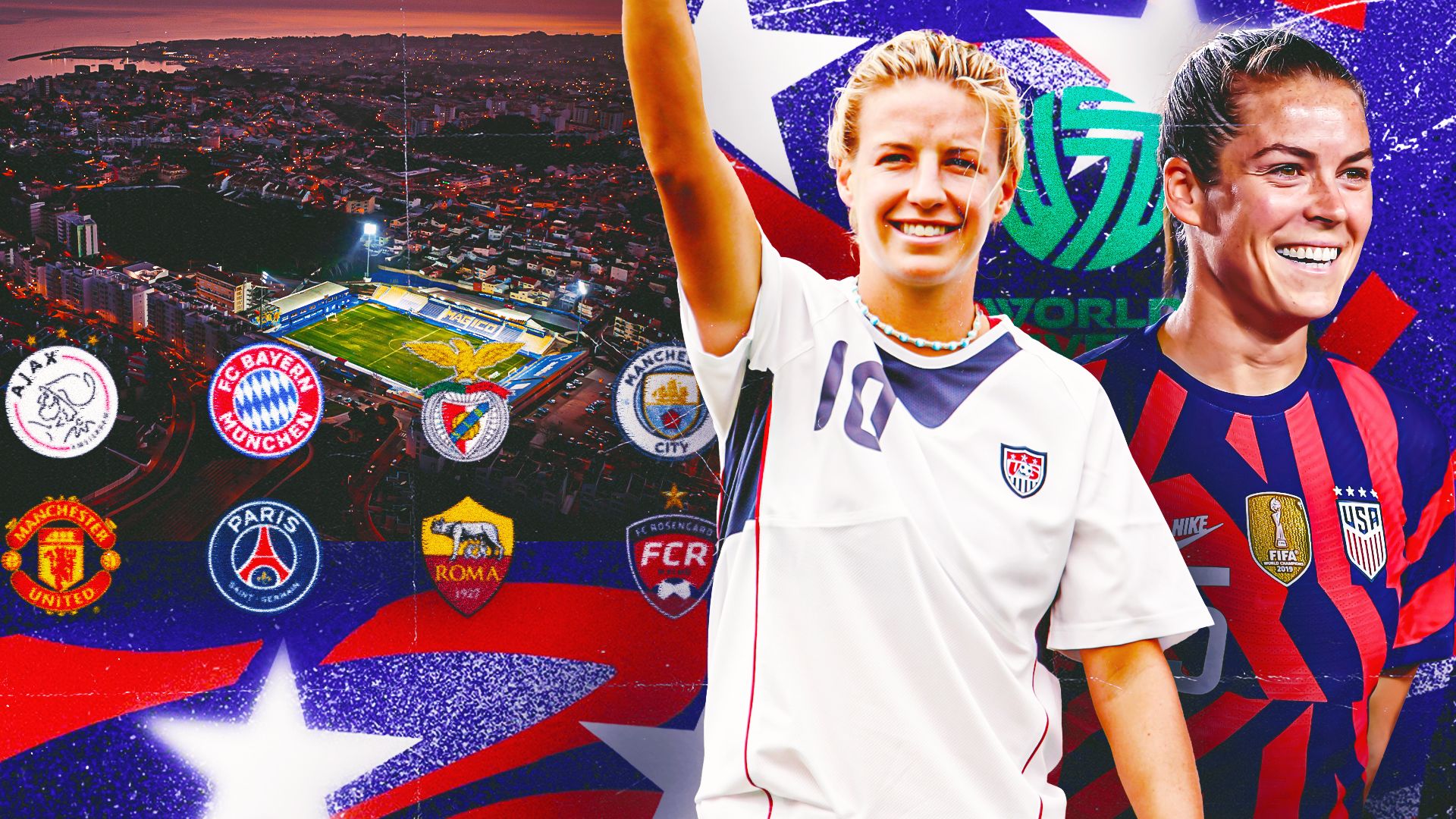

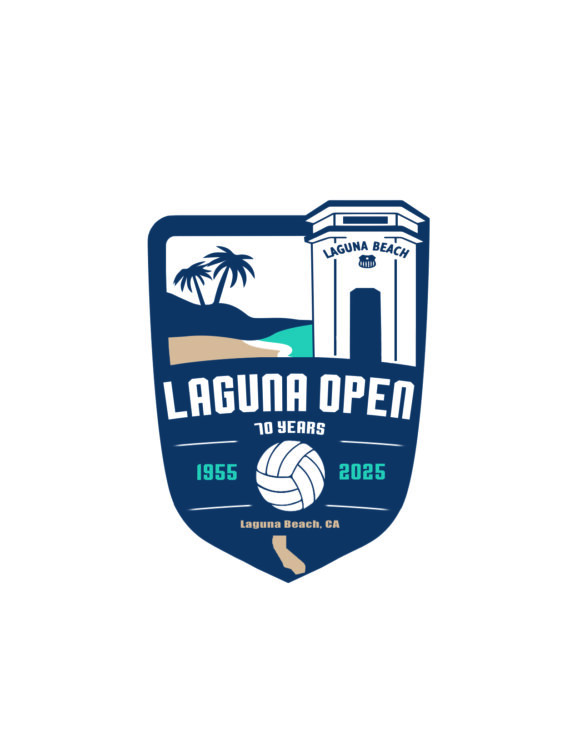


 | #Shorts
| #Shorts










































